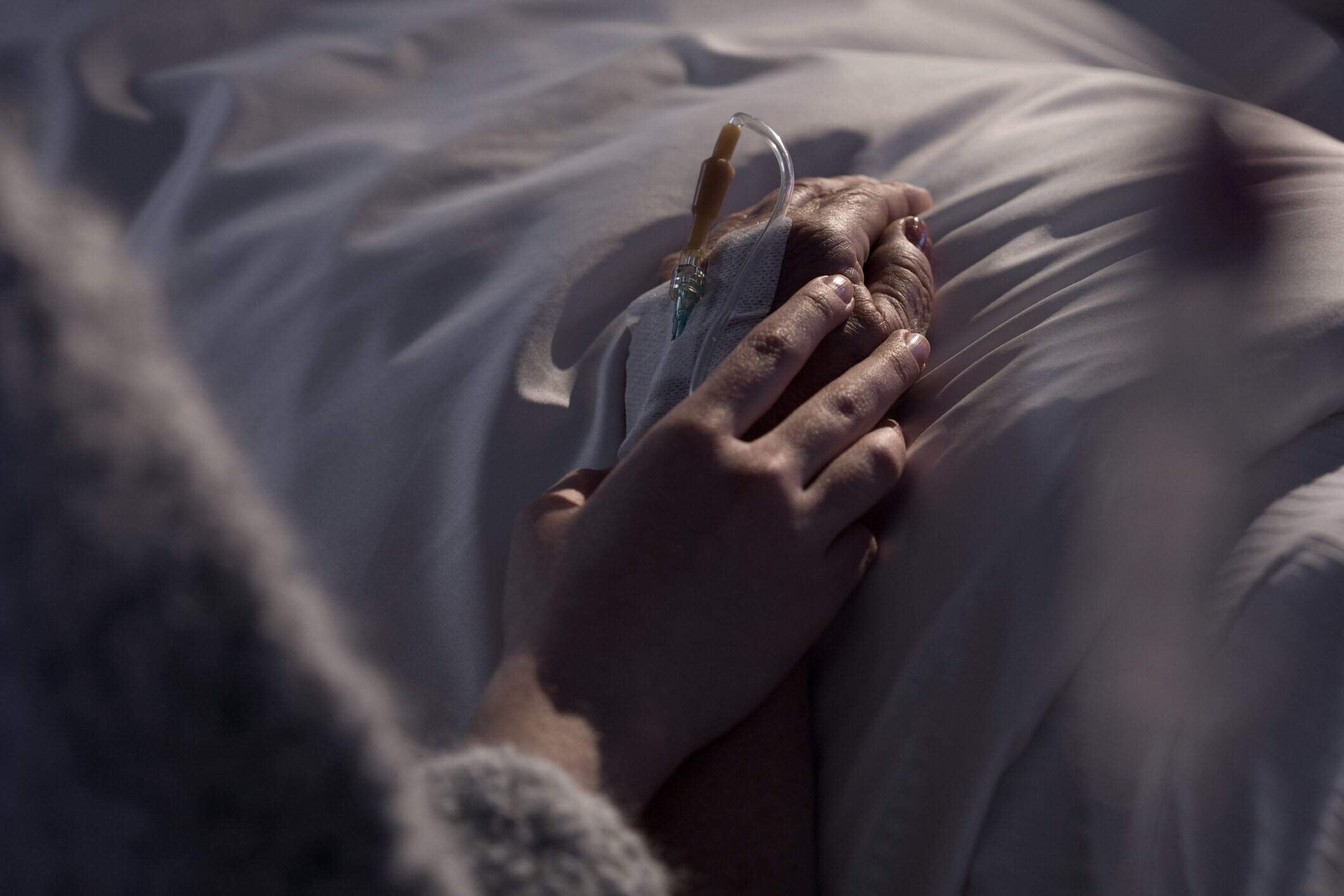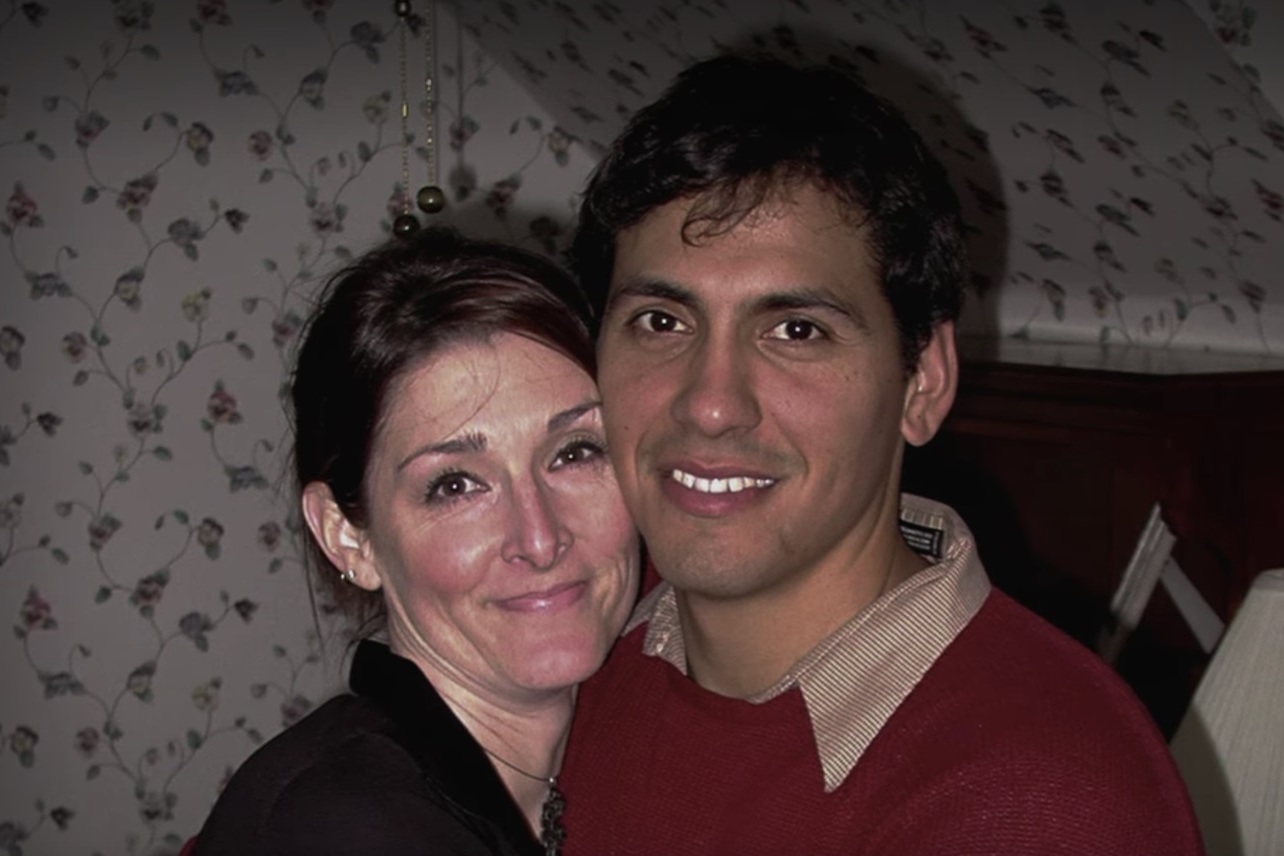
Death is a universal experience, yet the ways it occurs can be vastly different, ranging from peaceful to utterly horrifying. What are some of the worst ways to die? This article explores 34 chilling facts about the most traumatic and painful deaths, shedding light on both the physical and emotional tolls. From unexpected loss of loved ones to the terrifying realities of natural disasters and unsolved murders, these scenarios highlight the diverse and often brutal nature of mortality. Understanding these grim realities helps us appreciate life and the importance of supporting those affected by such tragedies. Buckle up for a sobering journey through some of the darkest aspects of human existence.
Key Takeaways:
- Unexpected deaths are more common than we think, affecting over 50% of people. The sudden loss can be the most traumatic event for 30% of those with multiple traumatic experiences.
- Some deaths and conditions are considered worse than death itself, such as severe physical impairments, cognitive impairments, and social isolation. These experiences can be soul-crushing for individuals.
Unexpected Death of a Loved One
Losing someone unexpectedly can be one of the most heart-wrenching experiences. The shock and suddenness make it incredibly hard to process.
- 50.3% of people have experienced the unexpected death of a loved one, making it a common yet devastating event.
- 30% of those with multiple traumatic experiences rate this as their worst event.
Worst Ways to Die
Some deaths are not just tragic but also horrifying in their manner. These scenarios can make anyone shudder.
- Fiery plane crashes are among the most terrifying ways to die, combining fear, pain, and helplessness.
- Being eaten by animals is another gruesome fate, often involving prolonged suffering.
- Avalanches can lead to slow, suffocating deaths, buried under tons of snow.
States Worse Than Death
For some, certain conditions are so unbearable that they are considered worse than death itself.
- Severe physical impairments can make life feel like a burden.
- Cognitive impairments that rob one of their identity and memories are deeply feared.
- Social isolation and the inability to connect with others can be soul-crushing.
Murders Gone Unsolved
Unsolved murders leave families in a state of perpetual grief and uncertainty.
- 200,000 murders in the U.S. have gone unsolved since the 1960s, leaving countless families without closure.
Global Causes of Death
Understanding the leading causes of death worldwide can help us grasp the scale of certain health issues.
- Ischaemic heart disease is the leading cause, responsible for 16% of global deaths.
- Stroke and chronic obstructive pulmonary disease follow closely, highlighting the impact of noncommunicable diseases.
Mount Everest Fatalities
Climbing Mount Everest is a perilous endeavor, often resulting in death.
- Over 200 bodies remain on Everest, serving as grim markers for other climbers.
Serial Killers
The presence of serial killers adds a layer of fear to society.
- 30 serial killers were active in the U.S. in 2015, each responsible for multiple deaths.
Yellowstone Supervolcano
Natural disasters can cause massive loss of life, and some are more terrifying than others.
- Yellowstone's supervolcano has a magma chamber large enough to fit Tokyo, posing a catastrophic threat if it erupts.
Cardiac Deaths
Heart-related deaths are common, but some remain mysterious.
- 1 in 20 cardiac deaths cannot be attributed to a specific cause, leaving families with unanswered questions.
Microbiota in Relationships
Even our relationships can influence our health in surprising ways.
- Long-term partners often share similar oral microbiota, affecting their overall health.
Vampire Moths
Nature has its own set of horrors, including blood-sucking insects.
- Vampire moths can feed on human blood for up to 50 minutes, making them particularly unsettling.
Dead Skin Cells
Our bodies are constantly renewing, shedding millions of cells daily.
- 500 million cells are shed by humans each day, a testament to our body's regenerative abilities.
Cockroach Bites
Common pests can pose unexpected threats to our health.
- American and German cockroaches are more likely to bite humans, potentially causing allergic reactions.
Germs on Coffee Mugs
Everyday items can harbor surprising amounts of germs.
- 90% of coffee mugs are covered in germs, emphasizing the need for proper hygiene.
Dead Bodies on Mount Everest
The risks of climbing Everest are highlighted by the bodies left behind.
- Dead bodies on Everest serve as markers, reminding climbers of the mountain's dangers.
Unsolved Murders
The impact of unsolved murders is profound, affecting both the living and the dead.
- In 1968, the dead outnumbered the living roughly 29 to 1, highlighting the societal impact of unresolved deaths.
Serial Killers in the US
The presence of serial killers continues to be a significant concern.
- 30 serial killers were active in the U.S. in 2015, each responsible for multiple deaths.
Yellowstone Supervolcano Magma Chamber
The potential for natural disasters can be terrifying.
- Yellowstone's magma chamber could fit Tokyo, posing a catastrophic threat if it erupts.
Cardiac Deaths Without Cause
Some deaths remain unexplained, adding to the grief of those left behind.
- 1 in 20 cardiac deaths cannot be attributed to a specific cause, leaving families with unanswered questions.
Microbiota in Relationships
Our health can be influenced by those we are close to.
- Long-term partners often share similar oral microbiota, affecting their overall health.
Vampire Moths Feeding on Blood
Nature has its own set of horrors, including blood-sucking insects.
- Vampire moths can feed on human blood for up to 50 minutes, making them particularly unsettling.
Dead Skin Cells Shedding
Our bodies are constantly renewing, shedding millions of cells daily.
- 500 million cells are shed by humans each day, a testament to our body's regenerative abilities.
Cockroach Bites
Common pests can pose unexpected threats to our health.
- American and German cockroaches are more likely to bite humans, potentially causing allergic reactions.
Germs on Coffee Mugs
Everyday items can harbor surprising amounts of germs.
- 90% of coffee mugs are covered in germs, emphasizing the need for proper hygiene.
Dead Bodies on Mount Everest
The risks of climbing Everest are highlighted by the bodies left behind.
- Dead bodies on Everest serve as markers, reminding climbers of the mountain's dangers.
Unsolved Murders
The impact of unsolved murders is profound, affecting both the living and the dead.
- In 1968, the dead outnumbered the living roughly 29 to 1, highlighting the societal impact of unresolved deaths.
Serial Killers in the US
The presence of serial killers continues to be a significant concern.
- 30 serial killers were active in the U.S. in 2015, each responsible for multiple deaths.
Yellowstone Supervolcano Magma Chamber
The potential for natural disasters can be terrifying.
- Yellowstone's magma chamber could fit Tokyo, posing a catastrophic threat if it erupts.
Final Thoughts on Mortality
Death, a universal experience, comes in many forms. From the unexpected death of a loved one to unsolved murders, each scenario leaves a unique impact. Mount Everest fatalities and the Yellowstone supervolcano remind us of nature's deadly power. Serial killers and cardiac deaths without cause highlight human vulnerabilities. Even everyday things like germs on coffee mugs and cockroach bites can pose threats. Understanding these facts helps us appreciate life's fragility and the importance of health and safety. By knowing more about these worst deaths, we can better support those affected and work towards preventing such tragedies. Life's unpredictability makes it crucial to cherish every moment and prioritize well-being.
Frequently Asked Questions
Was this page helpful?
Our commitment to delivering trustworthy and engaging content is at the heart of what we do. Each fact on our site is contributed by real users like you, bringing a wealth of diverse insights and information. To ensure the highest standards of accuracy and reliability, our dedicated editors meticulously review each submission. This process guarantees that the facts we share are not only fascinating but also credible. Trust in our commitment to quality and authenticity as you explore and learn with us.


